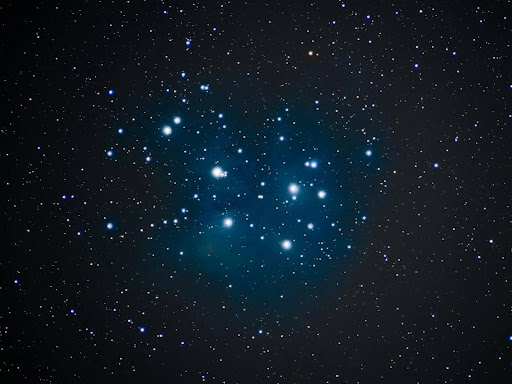Overview
California Indian Astronomy

Author: Stephanie Lumsden, PhD (Hupa)
Lesson partner: Rebecca Lowry, Humboldt County Office of Education
Grades: 9-11
Suggested Amount of Time: 55 minutes
Curriculum Themes
- Cultural Strengths
- Relationship to Place
Learning Goals
Students will be able to differentiate California Indian astronomy from contemporary U.S. settler science.
Students will be able to summarize a traditional Hupa story about Coyote and the stars.
Students will create their own constellations and stories about the stars.
Unit Overview
This lesson introduces students to the fascinating topic of California Indian astronomy. The lesson covers some of the historical, political, and social context necessary for understanding Indigenous peoples’ relationship to the stars. The lesson also touches on the significance of space exploration and “discovery” to settler states such as the U.S. and Canada and links it to the ongoing occupation and exploitation of Indigenous homelands using examples from Hawai’i. The lesson covers 3 key terms, 2 versions of a Hupa origin story, and includes a creative in-class activity where students will get the opportunity to create their own star stories and constellations.
Teacher Background
For California Indians and all Native Americans, observing and understanding the changes in the night sky has long been an essential part of knowing their homelands. Indigenous peoples have long and storied relationships with the cosmos visible from their homelands that reflect their cultural values, spiritual beliefs, and also reflect their practical needs like navigation and mapping. California Indians and all Indigenous peoples have origin stories that describe constellations and other celestial phenomena. These stories are frequently depicted in the artwork and literature of contemporary Native peoples. California Indian astronomy can be seen in petroglyphs, origin stories, navigation practices, mapping, shell mounds and other earthworks.

